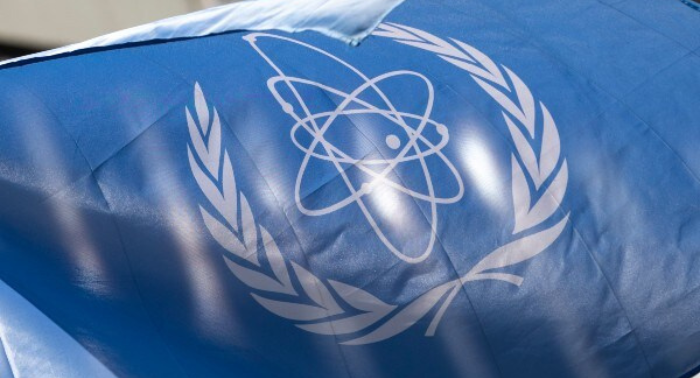Thirteen years have passed since Japan was struck by a devastating earthquake and tsunami, a tragedy that left nearly 20,000 people dead and wreaked havoc along the country’s northern coasts. The aftermath included the destruction of whole towns and the catastrophic meltdown of the Fukushima Daiichi nuclear power plant, triggering fears of radiation that continue to linger to this day. As Japan commemorates the anniversary of this disaster, let’s delve into the current situation at the plant and its surrounding areas.
The earthquake, measuring a magnitude of 9.0, struck on March 11, 2011, unleashing a powerful tsunami that ravaged coastal communities in Iwate, Miyagi, and Fukushima prefectures. The towering waves, reaching heights of over 15 meters (50 feet) in some areas, slammed into the Fukushima Daiichi nuclear plant, crippling its power supply and cooling systems and resulting in meltdowns at reactors No. 1, 2, and 3. Hydrogen explosions exacerbated the crisis, causing widespread radiation leaks and contamination in the vicinity.
Tokyo Electric Power Company Holdings, the operator of the plant, maintains that the tsunami was unforeseeable. However, various investigations have attributed the accident to human error, safety negligence, regulatory failures, and collusion. Subsequent to the disaster, Japan implemented stricter safety regulations and briefly considered phasing out nuclear energy. However, the current government under Prime Minister Fumio Kishida has reversed this policy and expedited the restart of operational reactors to ensure nuclear power remains a key component of Japan’s energy supply.
In January this year, a deadly earthquake struck Japan’s north-central region, raising concerns about the efficacy of evacuation plans solely focused on radiation leaks. Despite not damaging any operational nuclear power plants, the quake highlighted the potential shortcomings of existing safety measures.
During the anniversary commemorations, a moment of silence was observed nationwide, with Prime Minister Kishida attending a memorial service in Fukushima. However, despite efforts to rebuild and rehabilitate affected areas, thousands of evacuated residents, particularly in Fukushima, have yet to return home. While some progress has been made in decontaminating certain areas, significant challenges persist, including the lingering stigma associated with radiation fears.
The Fukushima Daiichi plant has been grappling with the management of contaminated water accumulated since the meltdown. Despite concerns and protests from local fishermen and neighboring countries, the plant began discharging treated water into the sea last year. The treated water release is part of ongoing efforts to decommission the plant, a process expected to span several decades due to the complexities involved in removing melted nuclear fuel from the damaged reactors.
Robotic probes have provided limited insights into the condition of the reactors and the whereabouts of the melted fuel, but technical obstacles and high radiation levels have hampered progress. Efforts to retrieve a sample of the melted fuel from the reactors face numerous challenges, highlighting the arduous nature of the decommissioning process.
The government’s target for completing decommissioning by 2051 remains ambitious, given the uncertainties surrounding the cleanup efforts. The lack of comprehensive plans for managing radioactive waste underscores the need for cautious and meticulous planning to minimize environmental impact and ensure the safety of workers involved in the decommissioning process.
As Japan continues to grapple with the aftermath of the Fukushima disaster, the road to recovery remains fraught with challenges, underscoring the importance of ongoing international cooperation and support in mitigating the long-term effects of this unprecedented catastrophe.




